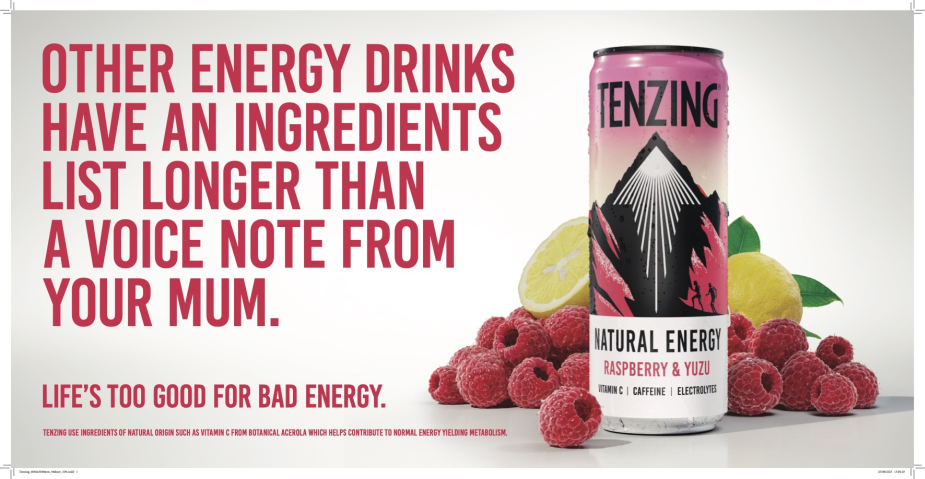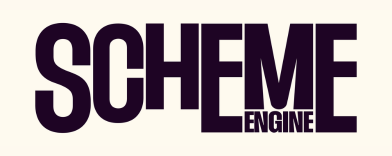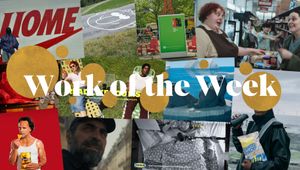
How ‘Life’s Too Good for Bad Energy’ with TENZING

Natural energy drink TENZING has been kicking around since 2016 and capturing the attention of many who crave an energy boost, without the sugar crash side effects. Now, as the brand looks to find a slogan that matches its identity, it partnered with creative agency Joe Public to create some copywriting magic.
As soon as the ‘Life’s Too Good for Bad Energy’ slogan came into the conversation, both teams realised it was the perfect representation of the TENZING brand, as well as a way to make the audience remember the natural aspect of the product. Working to create punchy copy and visuals to go alongside the product, the taste has always been at the forefront of the drink brand’s mind.
To share more about the company’s origins, its unique place in the market as a natural energy drink alternative and how they created this series of copy-driven ads, TENZING’s founder Huib van Bocke speaks to LBB’s Nisna Mahtani.
LBB> Let’s start with a little insight into TENZING and what you set out to do with the latest tagline and spot.
Huib> TENZING started in 2016 and, being a startup in the energy drinks sector, we were taking on some of the biggest dogs in the marketing and business world – Red Bull, Pepsi, Monster, etc. Against all odds, we’ve managed to achieve incredible growth. The goal was to become the caffeine fix for the next generation and we wanted to further accelerate that with this uplifting campaign.
We’ve always believed in being an uplifting brand, but we never had a line which captured that. Joe Public then came up with the tagline ‘Life’s Too Good for Bad Energy’ – which is a subtle nod to ‘not so good’ energy [of other energy drinks] – but also is positive and uplifting. We loved that.
LBB> How did you initially go about creating the TENZING brand and how did that play a part in the ‘natural energy’ aspect of it?
Huib> I’m a big believer in the product. Although I’m a marketing man, and though purpose is really important, the product should come first – that’s what sells and becomes the point of differentiation. This idea of ‘from nature for nature’ was at the heart of everything, the cooperation between the two.
TENZING is different from what’s established because energy drinks up until that point were artificial and then used profit to offset CO2, etc. Because we had a new product, we started off with the latest science, and also the notes of public opinion, and created something which is actually healthier, containing far less sugar – which sits at around 11% in all the other drinks. Funnily enough, that’s the amount of sugar which is in apple juice and orange juice, so I think when Coca-Cola launched, they then set that benchmark at that level.
However, this sugar isn’t for energy purposes, it’s for taste. Also, with high sugar levels, you end up getting a sugar crash – so we wanted the sugar and salt to be that which is in your body, which is around 4.5% rather than 11%. With that perfect balance and the natural caffeine, vitamin C and green tea, we deliver the same energy properties but no crash.

LBB> Where did the name and the branding for the product come from?
Huib> While I was looking at these recipes, I was travelling in Asia and I discovered what they drink in the Himalayas. They drink really strong tea with salt and lemon, and the nutritionist helping me at the time said that the natural caffeine, vitamin C and electrolytes is a combination that works.
After that, I thought it would be great to call the brand Tenzing – [mountaineer] Sherpa Tenzing inspired my dad and me growing up, but also worked as a brand name for the product, especially with the ‘zing’ aspect. When it came to asking about the trademark, it was a common name which could be used, but I eventually ended up meeting the Tenzing family, and we work closely with them to this day.
LBB> How did the collaboration with Joe Public come about? What was the process behind creating the ‘Life’s Too Good for Bad Energy’ slogan?
Huib> I knew them from Amsterdam and the work they did there, as well as their South African work. With a copy-driven campaign, we did want a strong English language aspect and as we were speaking, they mentioned they’re opening up in London!
When we speak about the uplifting aspect of things, the Joe Public team embodies that too, and it was two entrepreneurial companies coming together in London to create something special.

LBB> The copy in this spot delivers both honesty and humour in equal measures. What underpinned this?
Huib> It’s an extremely diverse group of people who’ve made this possible and sparked creativity. It’s been a really great process that created punchy, longer lines [of copy], which I personally love. There’s also a running club that went alongside this launch, where someone said the ‘Life’s Too Good for Bad Energy’ line and there was a massive roar from the crowd.
With everything else going on in the world, it’s good to have positive energy that uplifts spirits. That’s also what sets us apart - there’s a masculine, ‘winning’ energy running through other energy brands, whereas we focus on the sporting community behind the scenes. The sports that we get involved in are running, bouldering, surfing, etc. and it’s more natural athletics which are widely known for uplifting people’s spirits – and of course, there are mental health benefits of the activities.
LBB> In terms of where the ads are placed and the strategy behind the scenes, how did you choose where to place the campaign spots?
Huib> We have done OOH in the past and the copy Joe Public did really lends itself to the medium. The other partners who deserve a mention are Global, the OOH partner, and Bayou, who did the production specifically. So altogether, the lines by Joe Public and the placements by Global – which we have tried before – is how we put it all together.
The thing I like about out of home is that it’s really sticky, we did our last OOH in 2019 and people are still talking about it. With digital, it can be gone in a second, so this medium really sticks. Especially looking at the London Underground, there’s the opportunity to intrigue people and also, everyone has a shared experience of encountering the ads. When you see a digital ad, you never know if it’s targeted at you, or everyone in general – there’s something special about standing on a platform and seeing a piece of OOH alongside everyone else.















